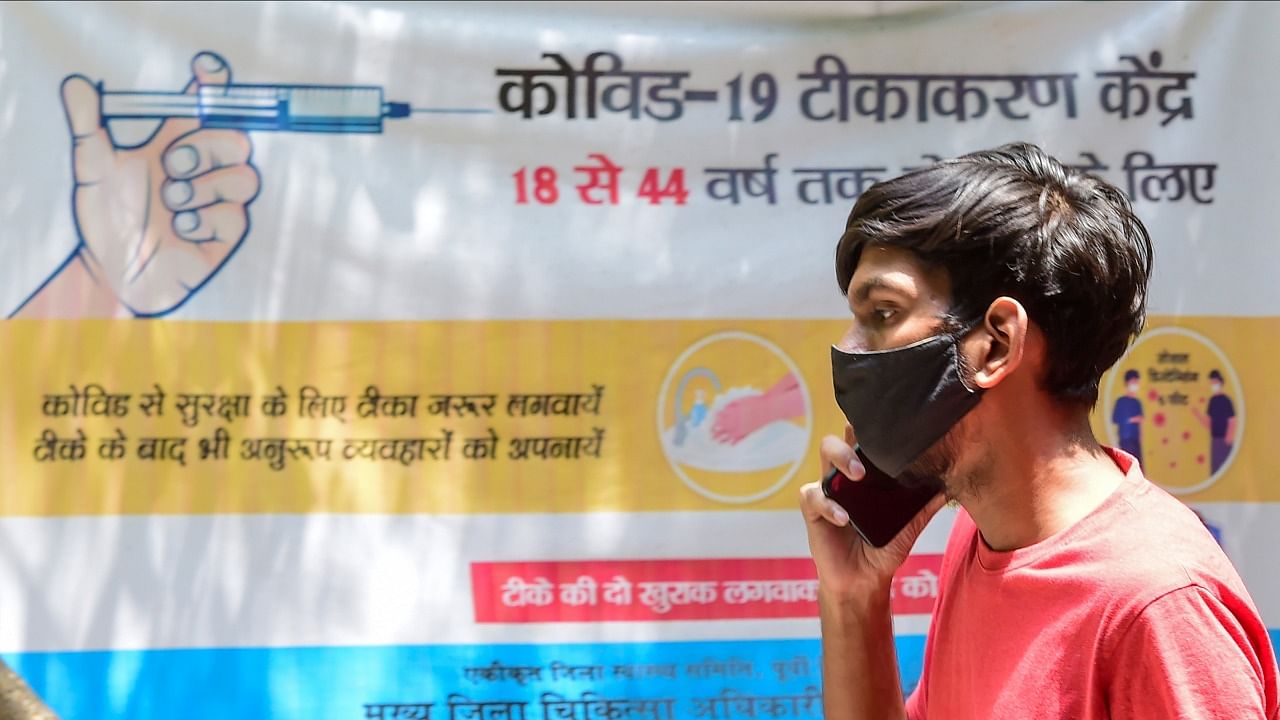
The second Covid-19 wave in the country has been much more devastating than the first with fast-spreading variants that seem to be infecting younger people. While official data shows only a slight increase in the trend, several pockets of the country have reported sharp upticks in the proportion of younger people being affected.
Chandigarh has registered the highest number of infections among those aged between 21 and 30 years, in roughly the last three months. According to official data, of the lives claimed during the second wave in Uttarakhand, 40 per cent were below 50 years of age.
All India Institute of Medical Sciences Delhi Director Randeep Guleria has noted that the virus was mainly affecting the younger population in Delhi.
Meanwhile, official statements on a new variant in Andhra Pradesh, Karnataka and Telangana have stated that it was spreading rapidly in younger age groups.
Outside India, Singapore has shut down schools as the city-state said new variants -- it claimed originated in India, responding to a tweet from Delhi Chief Minister Arvind Kejriwal -- were infecting children.
Doctors have struggled to pinpoint the exact reason for this change in the virus’ behaviour although there are a number of contending theories for a potential cause.
Indian Council of Medical Research head Balram Bhargava had said earlier this month that younger people were slightly more affected by the second wave not only because of the new variants but also as a result of more outdoor activity.
Bhargava had, however, mentioned that the comparison of data during the first and the second wave of Covid-19 has shown that there is not much age difference.
“This type of involvement of the younger people also follows the natural curve of a pandemic virus where in the first wave the majority infected were the elderly with multiple comorbidities and in the onset of the second wave the trend switched, where more younger people were the ones who got infected,” Suranjit Chatterjee, senior consultant, Internal medicine, Indraprastha Apollo Hospitals told The Indian Express.
It was the younger generation that had stepped out for work, engaged in social gatherings and flouted Covid protocols once lockdowns were eased, Chatterjee added.
The younger generation had been left out of the vaccination drive until this month, with the more vulnerable age group of 45 years and above being given preference in the initial drive.
Young patients even with no comorbidities could be severely affected as most younger patients do not realise that their oxygen level is going low, Satyendra Nath Mehra, Medical director, Masina Hospital told Mint.
The condition is known as “happy hypoxia” wherein the oxygen level drops suddenly and could even cause death.